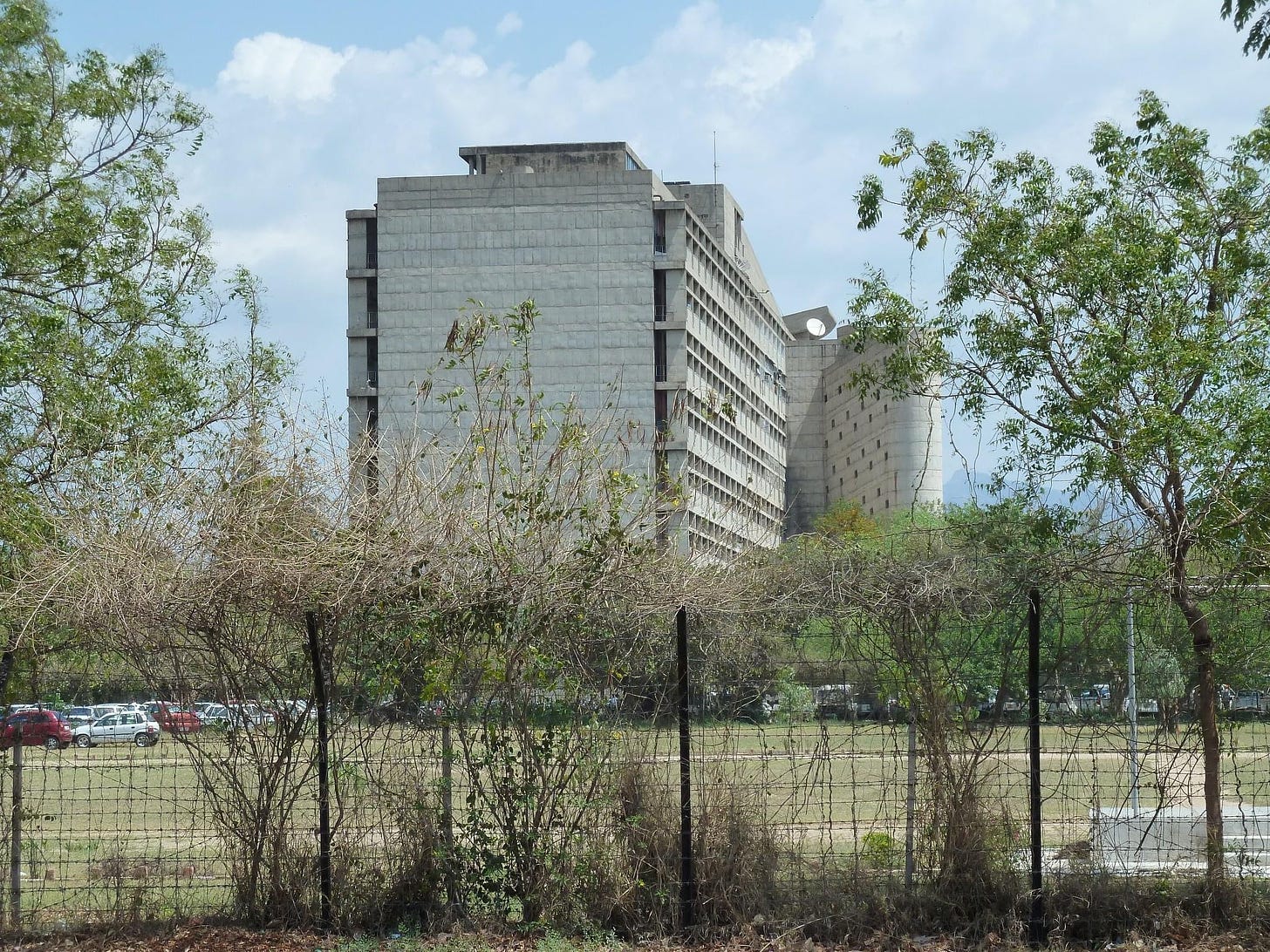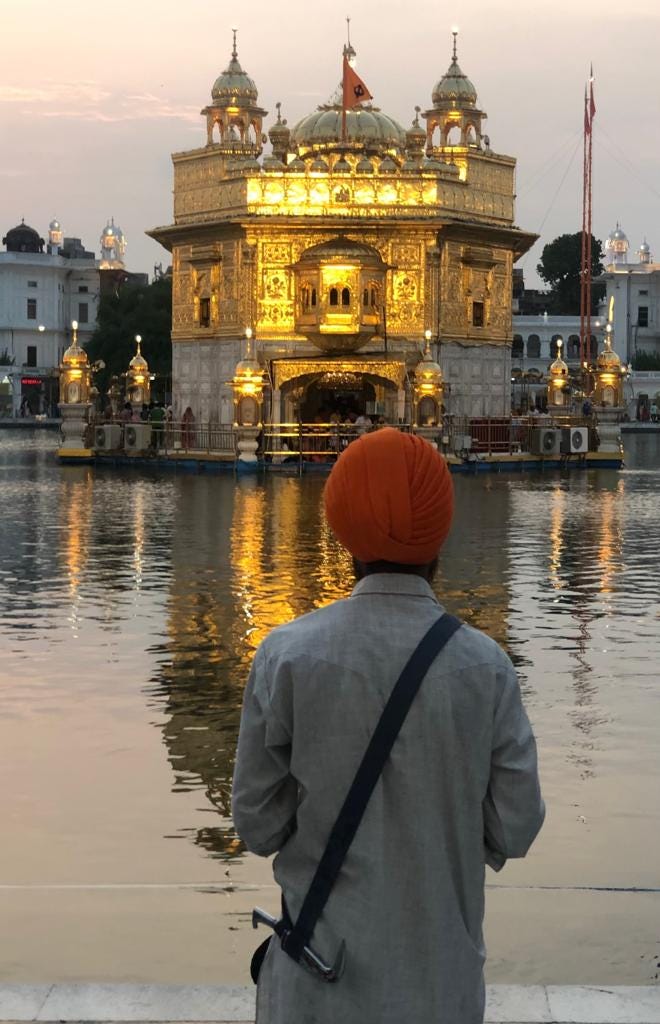Are We Looking at an AAP-2 Government in Punjab in 2027?
If AAP effectively addresses governance challenges, a 2027 victory under Bhagwant Mann is likely; otherwise, the opposition could still shift electoral dynamics, keeping the Punjab battle open-ended.
Midway Mark: Punjab Politics in Flux
With less than two years remaining for the 2027 Punjab Vidhan Sabha elections, political activity is already intensifying. However, much of the media discourse remains fixated on two key developments—the growing fragmentation within the Shiromani Akali Dal (SAD) and the complexities surrounding the meticulous implementation of Sri Akal Takht’s December 2 Hukamnama. Sandwiched in between is the incarcerated Khadoor Sahib MP Amritpal Singh’s nascent outfit, often perceived as radical, struggling to establish a village-level cadre, limiting its ultimate political impact. Meanwhile, the Punjab Congress continues to be mired in internal factionalism, with leaders fiercely competing to wrest the post of the president of the state unit. The BJP, though eager to expand its footprint, recognizes that without forging an alliance with a mainstream Akali faction—whose identity remains fluid—it faces a formidable challenge in its quest to form the next government.
AAP’s Electoral Performance: From Early Setbacks to Steady Gains
AAP’s journey in Punjab’s by-elections has been a mix of setbacks and recoveries. The party started disastrously with the loss of the Sangrur Lok Sabha seat in June 2022—an unexpected blow given that Chief Minister Bhagwant Mann had won the constituency twice before. The defeat at the hands of Simranjit Singh Mann of the Shiromani Akali Dal (Amritsar) was a significant jolt, raising questions about AAP’s ability to maintain its hold over key constituencies.
However, AAP soon rebounded with a crucial victory in the Jalandhar Lok Sabha by-election, where it wrested the seat from the Congress, demonstrating its growing appeal beyond its traditional voter base. This win served as a morale booster ahead of the 2024 Lok Sabha elections, in which AAP put up a credible performance, further solidifying its standing in Punjab’s political landscape.
Additionally, the party’s performance in assembly by-elections, including its victory in Jalandhar (West) and the four assembly by-elections, reinforced its electoral strength across diverse regions of the state. These wins suggest that AAP continues to enjoy voter confidence, dispelling early notions of a steep decline after its 2022 Vidhan Sabha landslide. The results indicate that while opposition forces remain active, AAP has been able to retain a significant share of public trust, positioning itself strongly as Punjab moves closer to the 2027 elections.
AAP’s Stronghold: Navigating Fiscal and Political Challenges
Amidst this fragmented opposition, the Aam Aadmi Party (AAP) remains firmly entrenched in Punjab. Despite facing severe fiscal constraints—particularly regarding the state's depleted exchequer—and recent setbacks in Delhi, AAP is striving to maintain its credibility. However, if the opposition parties remain complacent and treat the outcome as a foregone conclusion, Punjab could very well witness an AAP government returning to power in 2027.
Bhagwant Mann’s Clean Image and Governance Model
One of AAP’s biggest advantages is that Chief Minister Bhagwant Mann remains largely untainted by personal corruption allegations. While murmurs have emerged regarding alleged extravagant gifts received by those perceived to be close to him, no concrete evidence has surfaced. Furthermore, there has been no major scandal tarnishing the AAP government in Punjab. However, AAP’s recent electoral setbacks in Delhi serve as a wake-up call—it must recognize that replicating the “Delhi model” is insufficient for Punjab, given the state's vastly different financial and social landscape.
Unlike Delhi, Punjab does not benefit from high GST revenue streams and carries significant financial liabilities, particularly regarding power subsidies. Whether AAP can fulfill its ambitious welfare promises—such as the ₹1,000 monthly stipend for women—remains a critical question. Additionally, while farmers’ issues are largely tied to the central government, the electorate is unlikely to hold AAP solely responsible for unresolved agrarian concerns.
AAP’s Centralized Approach: A Strength or Weakness?
AAP operates through a highly centralized leadership structure, a model it has imposed in both Delhi and Punjab. However, in Punjab, where political culture values grassroots leadership and decentralization, this approach could face resistance. Punjabis prefer participatory governance, with power distributed not just among ministers and bureaucrats but also at the district, block, and village levels.
The recent elections for Punjab’s Panchayati Raj Institutions (PRIs)—including Gram Panchayats and Municipal Councils—have showcased significant public enthusiasm for local governance. The upcoming block and district-level PRI elections (Panchayat Samitis and Zila Parishads), set to conclude by 31st May, are expected to further invigorate grassroots political participation. If opposition parties seize this opportunity to build strong local leadership, they could mount a credible challenge to AAP’s dominance. However, if they remain disorganized, AAP is likely to leverage this political churning to consolidate its position and replicate its impressive performance in the Gram Panchayat and Municipal elections.
The SGPC Elections: A Potential Game-Changer?
Another crucial electoral event on the horizon is the Shiromani Gurdwara Parbandhak Committee (SGPC) elections, last held in 2011. Many Sikhs thus view the current SGPC as an outdated, non-representative body. While non-Akali parties—including AAP—often dismiss gurdwara management as an internal affair of the Sikhs, they cannot ignore the fact that many devout Sikhs, regardless of political affiliation, are deeply invested in religious governance, especially in respect of the historic Gurdwaras.
The forthcoming SGPC elections, likely to take place before October, present an opportunity for broader Sikh political engagement. If AAP or other parties encourage their Sikh supporters—particularly Amritdhari candidates and Keshadhari voters—to participate, the SGPC could become more representative of contemporary Sikh concerns. Additionally, AAP must clarify its stance on the voting rights of Sehajdhari Sikhs, a contentious issue currently under judicial review in the Punjab & Haryana High Court, with the next date of hearing in the second half of March.
Opposition’s Challenge: Can They Offer a Credible Alternative?
For opposition parties, mounting a serious challenge to AAP requires immediate and sustained efforts. The Congress, which sees itself as the natural alternative, cannot afford to remain consumed by internal power struggles. Politics is not a one-day cricket match where merely scoring at a steady run rate, with a flurry of sixes in the slog overs, is enough; Congress must actively work to loosen AAP’s grip on power rather than relying on an automatic anti-incumbency wave.
However, as the saying goes, “A week is a long time in politics.” With nearly two years until the elections, significant shifts remain possible. Yet, in an environment of political stagnation and voter fatigue, the status quo could benefit AAP, allowing it to further consolidate its rural base while making inroads into Punjab’s urban Hindu vote bank, which BJP assumes will vote in its favour.
The Road Ahead: Governance, Not Just PR, Will Decide AAP’s Fate
Ultimately, AAP’s chances of retaining power hinge on whether it can go beyond mere publicity campaigns and deliver tangible and consistent improvements in governance. The biggest voter grievances in Punjab remain bureaucratic red tape, corruption at the tehsil and police station levels, and inefficiencies in routine government functioning. Addressing these concerns in a substantive manner—not just through advertisements—will be the real test of AAP’s credibility.
In this regard, action has already begun, with the suspension of the Deputy Commissioner of Muktsar and the replacement of the Vigilance Bureau Chief—moves that signal an attempt to tighten administrative control and project an image of accountability. However, whether such measures translate into meaningful systemic reforms or remain isolated actions for political optics remains to be seen.
If AAP successfully delivers on these fronts, a 2027 victory with Bhagwant Mann at the helm is highly plausible. Otherwise, a rejuvenated opposition could still turn the tide, making the battle for Punjab far from a foregone conclusion.






